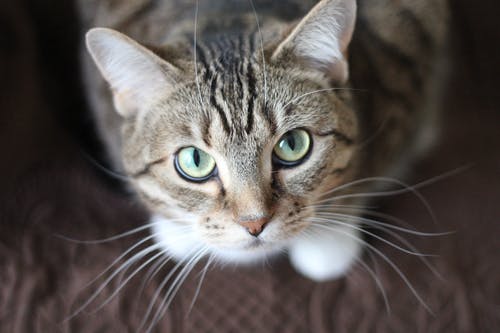Worrying about your pet’s safety is normal when considering performing a major dental procedure. These concerns stem from the unfamiliarity of the pet’s problem. Surgery is a difficult thing to contemplate for older people and their close companions. Your interactions with pets and those with family members or friends have brought additional issues to the forefront. The bond between humans and animals is unique; however, it is generally sturdy. Occasionally, friends and family members disagree on whether you should proceed with major oral surgery for your pet. Sometimes, guilt can result in discussions with friends about major dental surgery for your pet.
Do I have to be concerned about this procedure?
Veterinary surgery in Poway, CA, will provide consultation on oral and dental surgery to help you manage these emotions by responding accurately to your concerns from our experience in the field. Knowledge of the true nature of the problem and the likelihood of the results of any proposed treatment is vital to making the right choices. The initial surgical consultation with the information provided below can be extremely useful. It’s your opportunity to gather the knowledge you need to make rational choices. Taking your time is acceptable, but if you delay your treatment, it could be a failure.
Benefits
Many factors influence the answer. However, if trauma has occurred, surgery may be life-saving. Patients suffering from maxillofacial or oral tumors may also be benefited from life-saving surgery. Before deciding on significant surgery, it is critical to evaluate these patients thoroughly. Veterinarians can conduct CAT scans or MRI imaging. Additionally, a radiologist and oncologist will identify the best treatment option. Both you and your vet can team up to make difficult decisions.
Post-Surgery Discomfort
Oral surgery for your pet requires careful control of pain. To reduce pain effectively, take a look at the following article. Several factors make pain recognition difficult. Animals instinctively hide discomfort from veterinarians. CUPS, feline stomatitis, oral tumors, jaw fractures, and TMJ fractures can cause moderate to severe pain for most pets requiring major oral surgery.
Dentigerous cysts, jaw locking in the open, and TMJ ankylosis are less painful surgical procedures. Surgery anesthesia is the selection of pre-operative, intra-operative, and post-operative pain medications by the patient’s level of pain and the anticipated surgery. It can reduce or eliminate pain. Many clients are impressed that their pets are less painful following major dental surgery.
Post-Surgery Diet
For major dental surgery usually, dissolvable sutures are used. After surgery, a cat and dog dentist suggests using canned food or moistened kibble for 10-14 days. It may take time to get your pet used to the changes brought about by the procedure when it comes to eating.
To help you get through the adjustment process following major dental procedures, it is usually beneficial to get your pet to take food from your hand. Some messes will be caused by salivation, food, and water lapping. After major oral surgery, the majority of pets eat within 6-12 hours. For the first 24hrs after the procedure, giving small amounts of food daily for a couple of hours is recommended.
Appearance
After major dental surgery on the lower jaws, The pet appears remarkably normal, even after a mandibulectomy procedure. If the bone was removed, the tongue might protrude from the mouth. This may become less noticeable as time passes. There may also be increased saliva flow after a significant oral procedure.
Some pets may suffer from facial swelling. This typically disappears with no treatment within several weeks. Because the upper and lower teeth become blocked when close to the mouth, clicking sounds are familiar after partial mandibulectomy procedures. After a couple of months, the sound of clicking in many pets decreases or ceases to occur.
Post-Surgery Care
After major oral surgery, most pets do not require treatment other than love, care, or hand food. Some surgical procedures involve the installation of feeding tubes to ensure that the pet receives the proper nutrition, water, or medication. In these situations, written instructions for managing the feeding tube will be given. The primary responsibility is to keep the feeding tube in good condition and to feed at regular intervals.
A few owners need help managing feeding tubes, or they are unaffordable. If you require nursing assistance and the owner cannot provide it, contact professional veterinarians who can assist with problems or offer the necessary services.





